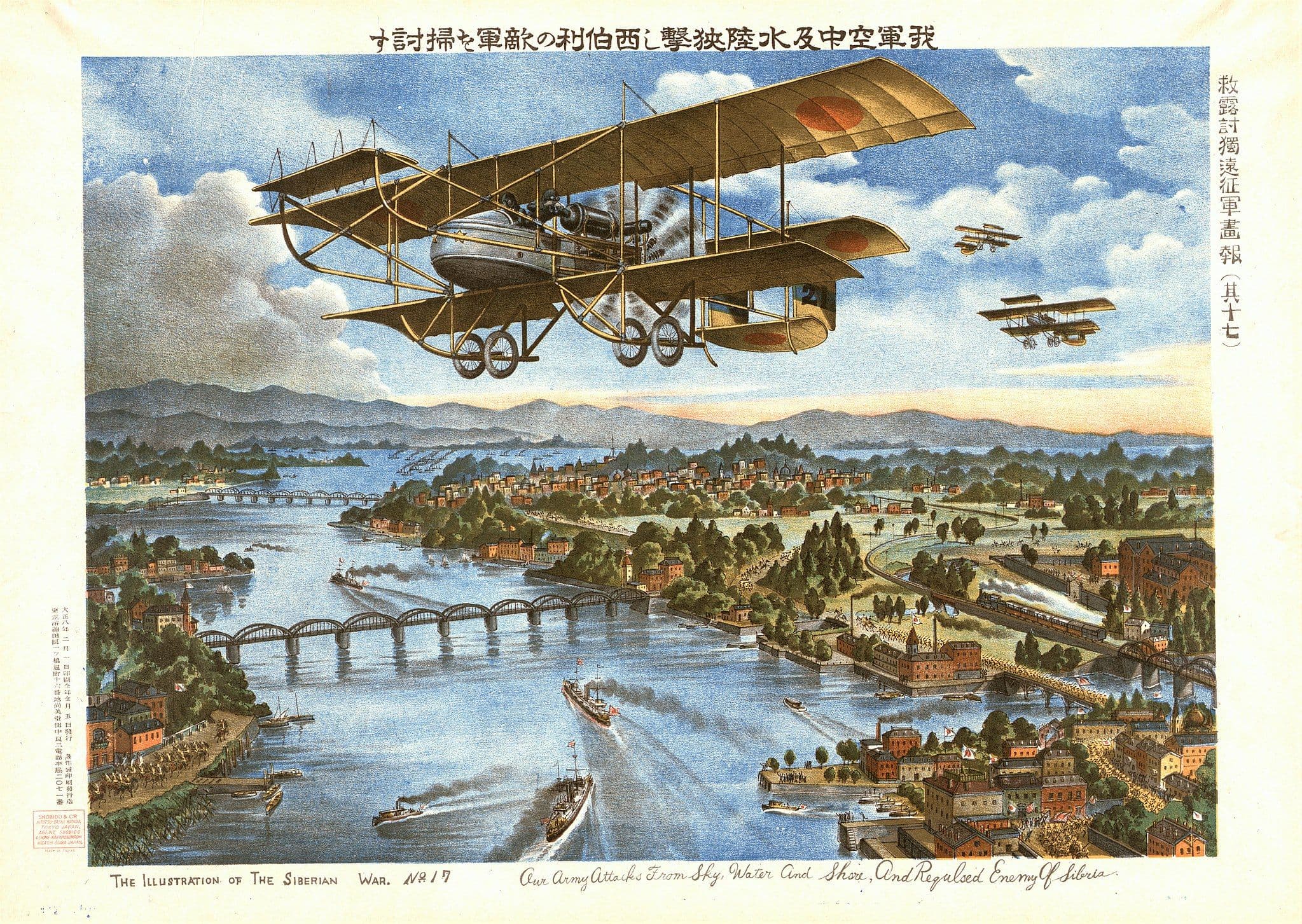
Taishō period
大正The Taisho Period in Japan was a time of great change and growth, lasting from 1912 to 1926. This era was marked by a number of significant cultural, social, and political events that helped to shape modern Japan as we know it today.
At the start of the Taisho Period, Japan was undergoing a rapid process of modernization. The country had undergone several years of economic growth, and the government was investing heavily in new technologies, infrastructure, and industries. This period was characterized by a new era of intellectual and cultural openness, with a focus on individualism, democracy, and progressive thought.
During the Taisho Period, there was a marked increase in the number of universities, schools, and other educational institutions, and the government introduced several new policies aimed at improving access to education. This led to a significant rise in the number of people who were able to read and write, and to a new era of artistic expression, intellectual freedom, and political activism.
One of the most notable cultural movements of the Taisho Period was the rise of modernist literature, which was characterized by a focus on individualism, introspection, and self-discovery. This period saw the publication of many important works of fiction, poetry, and non-fiction, and the emergence of several new literary genres, such as the novel, the short story, and the essay.
Despite these positive developments, the Taisho Period was also marked by a number of challenges and difficulties. One of the biggest was the impact of World War I, which had a profound effect on the Japanese economy, and which led to a period of political instability and social unrest.
Despite these difficulties, the Taisho Period was an important time in Japanese history, and it helped to lay the foundations for the modern, democratic, and economically prosperous nation that Japan is today. Whether viewed from a cultural, political, or economic perspective, the Taisho Period was a time of profound change and growth, and it remains an important chapter in the story of modern Japan.
Last Updated: